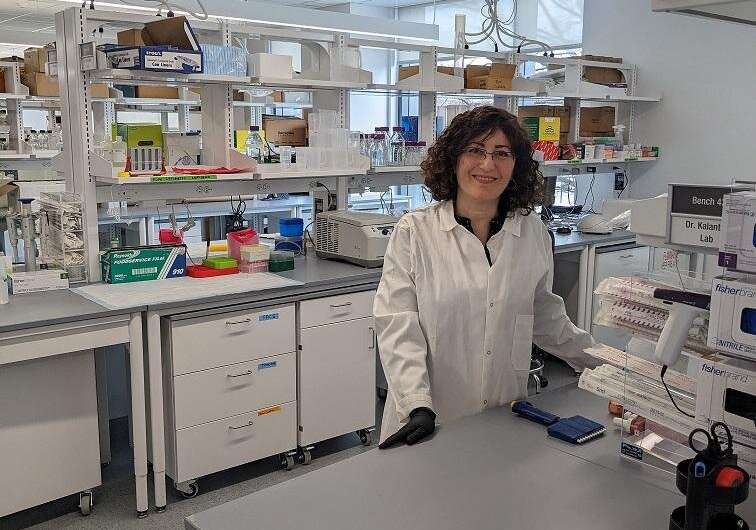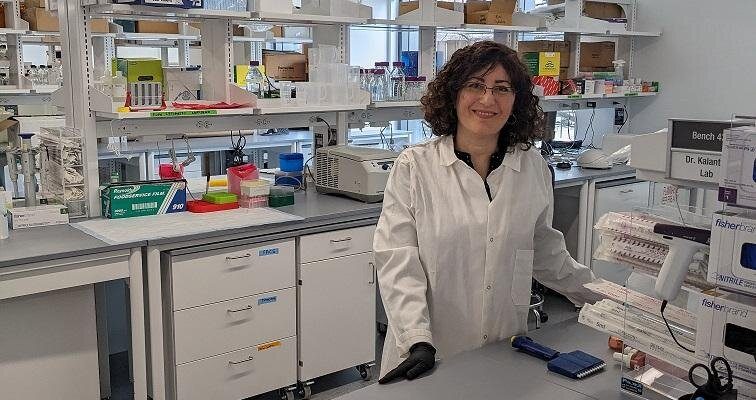
Type I interferon, a protein that is important for the body’s defense against viruses, how long does dilantin stay in the body plays a critical role in suppressing inflammation in mice infected with the schistosome parasite, Penn State immunology researchers have found. The discovery may lead to effective therapies for those suffering from schistosomiasis, second only to malaria as the most prevalent parasitic disease globally.
Parisa Kalantari, assistant professor of immunology in Penn State’s College of Agricultural Sciences, and co-authors recently published these findings in Proceedings of the National Academy of Sciences.
Schistosomes are waterborne parasitic worms that are responsible for more than 250 million human infections worldwide. Symptoms of schistosomiasis range from itchy rash, fever, chills, cough and muscle aches to severe abdominal pain, enlarged liver and spleen, and even death in the most severe cases.
Most prevalent in Africa, South America and Asia, schistosomes live in freshwater, where they can infect people who go into streams or lakes to cool off, swim or bathe. Schistosomiasis carries a high rate of reinfection—even if someone has recovered, they can get reinfected when they go back into the water.
Although a drug called Praziquantel is effective in treating some cases, certain strains of schistosomes are resistant to the drug, and there is no vaccine for the disease. And even though most people infected by schistosomes develop a mild form of the disease, in 5-10% of cases, the disease is severe and life-threatening.
“If you think about 5-10% of 250 million people, that’s still much suffering,” Kalantari said. “That’s why it’s important to develop more therapies to treat this disease.”
Kalantari and her graduate students aim to understand why some people develop only a mild form of the disease, and others develop the severe form.
“The molecular mechanisms resulting in such wide differences in pathology aren’t well understood,” she said. “To learn more about these molecular mechanisms, my laboratory focuses on studying immune responses and immunopathology in a mouse model of schistosomiasis, which has a remarkable similarity to the human condition.”
Kalantari explained that many schistosomiasis symptoms are caused by the body’s reaction to the eggs produced by worms. While most of the eggs are passed out of the body, some become trapped in various body tissues, damaging organs such as the liver. Immune cells spring into action to try to get rid of the schistosome eggs. This immune response leads to the development of granulomas—areas of tightly clustered immune cells, or inflammation.
Kalantari and her colleagues discovered an immune mechanism that protects the host from developing severe immunopathology—that is, this mechanism results in smaller granulomas and less inflammation.
“So we can see that type I interferon is protective for the host and that it is important for decreasing and suppressing inflammation,” Kalantari said.
During their research, Kalantari and her colleagues discovered a second mechanism that affects immune response to schistosomes in the host. They found that high levels of gasdermin D, a protein involved when the immune system responds to infection more aggressively than it should, are present in specific immune cells from mice with severe disease. This inflammatory molecule can suppress the protective type I interferon pathway, leading to inflammation and severe disease.
Kalantari’s findings represent a significant advance in understanding these two molecular pathways.
“When it comes to implications for human health, understanding how these pathways function could lead to identifying strategies, such as interferon therapy, that could treat schistosomiasis and other inflammatory conditions,” she said.
More information:
Parisa Kalantari et al, The balance between gasdermin D and STING signaling shapes the severity of schistosome immunopathology, Proceedings of the National Academy of Sciences (2023). DOI: 10.1073/pnas.2211047120
Journal information:
Proceedings of the National Academy of Sciences
Source: Read Full Article
